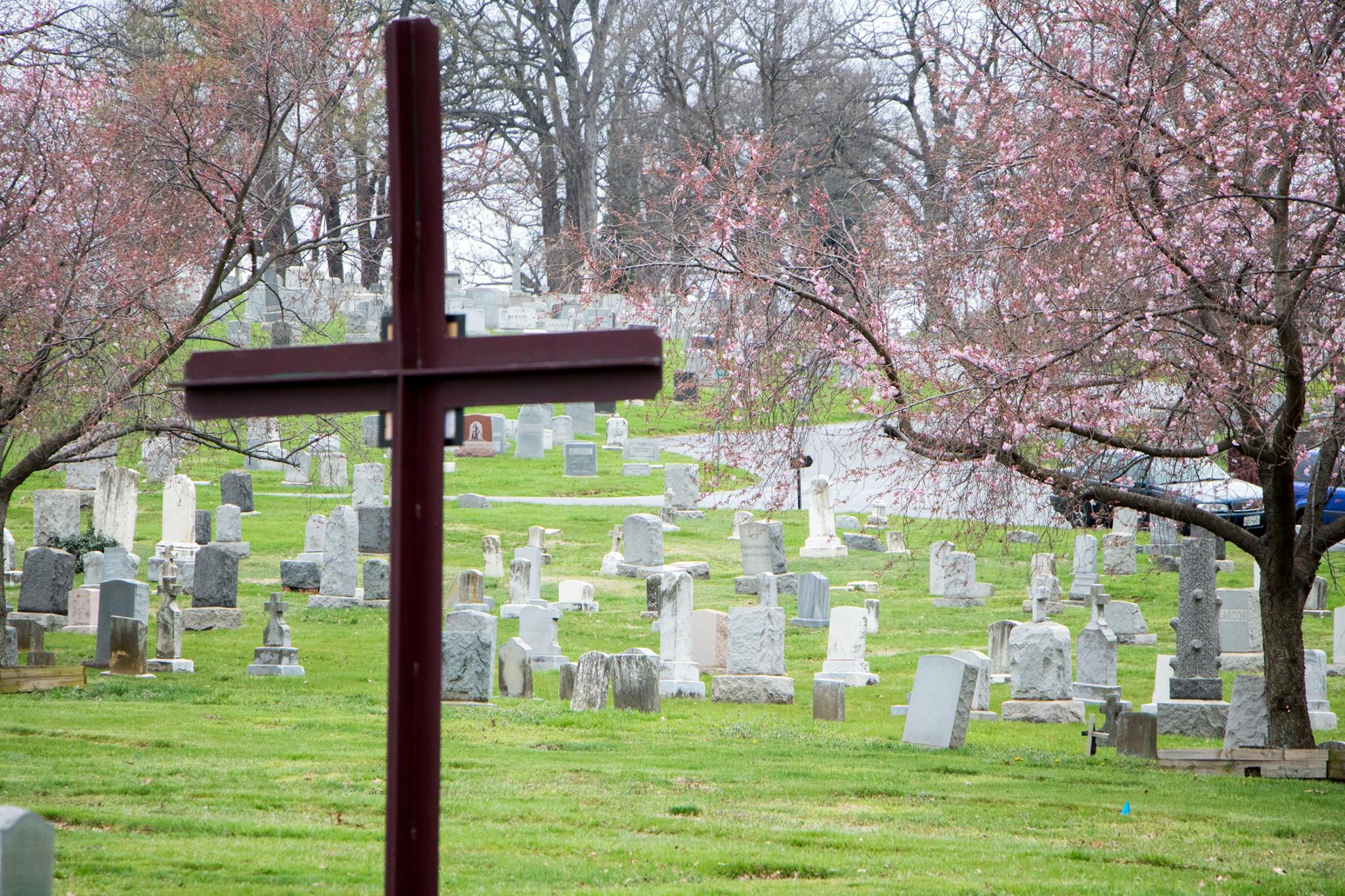 I was happy to hear that the Vatican recently reminded the world’s Catholics of some important matters concerning cremation. As cremation has become more common in recent decades, many significant problems have emerged.
I was happy to hear that the Vatican recently reminded the world’s Catholics of some important matters concerning cremation. As cremation has become more common in recent decades, many significant problems have emerged.
- Cremated remains not being buried or placed in a mausoleum,
- Cremated remains being scattered,
- Cremated remains being divvied up among relatives,
- And strangest of all, cremated remains being fashioned into or incorporated within jewelry.
Cremated remains should be treated with the same respect and reverence as bodily remains. For indeed cremated remains are in fact what does remain of the body. While many people refer to them merely as “ashes,” they are remains of a human body and should be treated as such.
Notably, the new instructions reiterate the consistent norms of the Church in the following ways:
- Cremated remains, must be laid to rest in a sacred place, that is, in a cemetery or, in certain cases, in a church or an area, which has been set aside for this purpose, and so dedicated by the competent ecclesial authority.
- With rare exceptions requiring the permission of the bishop, the conservation of the ashes of the departed in a domestic residence is not permitted.
- It is not permitted to scatter the ashes of the faithful departed in the air, on land, at sea, or in some other way, nor may they be preserved in mementos, pieces of jewelry or other objects.
Grateful though I am for these reminders, I know that the Church too often begins to permit once-forbidden things (things forbidden for many good reasons) without providing a real pastoral plan that both sets limits and educates God’s people. And while our norms are published in various liturgical books, most people don’t read liturgical books let alone the norms that are tucked away in the introduction and instructions. All they hear is that something that used to be forbidden is now allowed. This can lead to abuses cropping up that get overlooked by weary or obsequious clergy and norms being are unevenly enforced from parish to parish. A pastoral plan needs to be diocesan and nationwide.
As a pastor, I think that some of the following things will be helpful going forward:
- Bishops should ensure that clergy are properly instructed in the norms and then insist that those norms are enforced and the faithful are educated.
- Dioceses should consider enacting a policy requiring parishes to ensure that proper interment of cremated remains is arranged before the celebration of the funeral Mass.
- Catholic cemeteries should consider “amnesty” offers, wherein inexpensive communal burial sites are made available for the interment of cremated remains for families that might have trouble affording a private niche or gravesite. Many families have kept cremated remains on mantles or in closets for years. Even if they know they should provide a decent burial for these remains, some resist due to the cost. We can work with them to end this problem. My own parish owns several burial sites at a local Catholic cemetery and I am pursuing an arrangement to offer at least one of them for this very purpose. In the Archdiocese of Washington, our cemeteries offer space for cremated remains. We have also begun offer burial space for miscarried infants.
The bottom line is that these norms need a national and diocesan focus as well as enforcement. Leaving it all up to the individual parishes leads to uneven practices that confuse the faithful and cause factions to develop. A pastoral plan is necessary both at the level of the local bishop and the Bishop’s Conference. Otherwise, I am convinced that abuses (intentional or not) will continue.
I have published a flyer on this subject (for use in my own parish) that you might find helpful (Considering Cremation?).


Church Law has two canons on cremation:
Can. 1176 §3. The Church earnestly recommends that the pious custom of burying the bodies of the deceased be observed; nevertheless, the Church does not prohibit cremation unless it was chosen for reasons contrary to Christian doctrine.
Can. 1184 §1. Unless they gave some signs of repentance before death, the following must be deprived of ecclesiastical funerals: 2/ those who chose the cremation of their bodies for reasons contrary to Christian faith;
Catechism of the Catholic Church on cremation:
2301 The Church permits cremation, provided that it does not demonstrate a denial of faith in the resurrection of the body.
Since a great many people live near the ocean, can you discuss “burial of an urn at sea”, I have found websites talk of allowing it. OTOH,Wikipedia states that the Catholic Church approves it for those that die at sea.
However, I have not found much of any authoritative/official document for the whole U.S. or from the Vatican concerning it
https://en.wikipedia.org/wiki/Burial_at_sea#Catholicism
http://www.seaservices.com/catholic-burial-at-sea
http://www.ccaw.org/about_cremation.html
Burial at sea is different from scattering ashes at sea. It is permitted to bury the cremated remains at sea in an urn or other sealed container.
Msgr Pope: I’d like to point out that if the deceased is a veteran, then the cremated remains can be interred at no cost. For the spouse as well. I have a friend in the funeral business point this out and he claims it is probably the best benefit the govt offers vets, as the nooks to place cremated remains cost from $2-5k usually.